Home>Gardening & Outdoor>Landscaping Ideas>How To Grow Grass In Your Yard


Landscaping Ideas
How To Grow Grass In Your Yard
Modified: October 18, 2024
Learn effective landscaping ideas for growing grass in your yard with our expert tips and techniques. Transform your outdoor space with our comprehensive guide.
(Many of the links in this article redirect to a specific reviewed product. Your purchase of these products through affiliate links helps to generate commission for Storables.com, at no extra cost. Learn more)
Introduction
Creating a lush, vibrant lawn in your yard can significantly enhance the overall appeal of your property. A well-maintained lawn not only adds aesthetic value but also provides a space for relaxation, outdoor activities, and a safe playground for children and pets. Growing grass in your yard is a rewarding endeavor that requires careful planning, proper execution, and ongoing maintenance. Whether you're starting from scratch or revitalizing an existing lawn, the process of growing grass involves several key steps that are essential for achieving a healthy and resilient turf.
A beautiful lawn begins with the right foundation, and this includes preparing the soil, selecting the appropriate grass seed, and implementing effective planting and maintenance practices. Each step in the process plays a crucial role in determining the success of your lawn. By understanding the fundamentals of growing grass and implementing best practices, you can establish a thriving lawn that will be the envy of the neighborhood.
In the following sections, we will delve into the essential steps for growing grass in your yard. From soil preparation to watering, fertilizing, and mowing, each aspect of lawn care will be explored in detail. By following these guidelines and incorporating them into your lawn care routine, you can achieve a healthy, vibrant lawn that will be a source of pride and enjoyment for years to come. Let's embark on this journey to transform your yard into a lush, green oasis that you and your family can cherish.
Key Takeaways:
- Preparing the soil is crucial for growing healthy grass. Conduct a soil test, aerate the soil, add nutrients, and level the surface to create an optimal environment for grass growth.
- Choosing the right grass seed and planting it carefully are essential for a lush lawn. Consider climate, sunlight, and maintenance needs when selecting grass seed, and ensure even distribution and proper watering for successful germination.
Read more: How To Grow Grass In Muddy Yard
Step 1: Prepare the Soil
The foundation of a healthy and thriving lawn lies beneath the surface, within the soil. Proper soil preparation is essential for creating an optimal environment for grass seed germination and root development. Before embarking on the process of growing grass in your yard, it's crucial to assess the condition of the soil and take necessary steps to ensure its suitability for nurturing lush, green turf.
Soil Testing
The first step in preparing the soil is to conduct a soil test to evaluate its pH level and nutrient content. This can be done using DIY soil testing kits or by sending samples to a professional laboratory. The test results will provide valuable insights into the soil's acidity or alkalinity, as well as its levels of essential nutrients such as nitrogen, phosphorus, and potassium. Based on the findings, you can make informed decisions regarding soil amendments and fertilization to create an optimal growing environment for the grass.
Soil Aeration
Compacted soil can hinder the growth of grass by restricting root penetration and inhibiting proper air and water circulation. Aerating the soil using a core aerator or aeration tools helps alleviate compaction and promotes better root development. By creating small channels in the soil, aeration facilitates the movement of air, water, and nutrients to the grassroots, fostering a healthier and more resilient lawn.
Soil Amendments
Based on the results of the soil test, it may be necessary to amend the soil to correct pH imbalances or replenish nutrient deficiencies. Adding organic matter such as compost or well-decomposed manure can improve soil structure, enhance moisture retention, and provide essential nutrients for the grass. Additionally, lime or sulfur may be applied to adjust the soil pH to the optimal range for grass growth, typically between 6.0 and 7.0.
Read more: How To Grow Grass In My Yard
Soil Leveling
Before seeding the lawn, it's important to ensure that the soil surface is level and free of debris. Raking the soil to remove rocks, sticks, and other obstructions, and leveling uneven areas will create a smooth and uniform seedbed for planting. This step is crucial for promoting consistent seed coverage and uniform germination, leading to a more even and attractive lawn.
By meticulously preparing the soil through testing, aeration, amendments, and leveling, you can establish the groundwork for a healthy and resilient lawn. The investment of time and effort in soil preparation sets the stage for successful grass growth and long-term lawn vitality.
Step 2: Choose the Right Grass Seed
Selecting the appropriate grass seed is a critical decision that significantly influences the overall health, appearance, and resilience of your lawn. With a myriad of grass species and varieties available, it's essential to consider various factors to determine the best seed for your specific needs and growing conditions.
Consider Your Climate and Region
The first step in choosing the right grass seed is to consider the climate and region where you reside. Different grass species thrive in specific climate zones, such as cool-season grasses that flourish in northern regions and warm-season grasses suited for southern climates. Understanding your local climate and the corresponding grass species that are well-adapted to it is crucial for achieving a successful lawn.
Assess Sunlight and Soil Conditions
Evaluate the sunlight exposure and soil characteristics in your yard to determine the most suitable grass seed. Some grass species, such as Kentucky bluegrass and fescue, are shade-tolerant and perform well in areas with limited sunlight, while others, like Bermuda grass and Zoysia grass, thrive in full sun. Additionally, consider the soil type and drainage in your yard to select grass varieties that are compatible with these conditions.
Read more: How To Grow Grass In A Yard Full Of Weeds
Determine Usage and Maintenance Preferences
Consider the intended use of your lawn and your maintenance preferences when choosing grass seed. If you desire a high-traffic lawn that can withstand frequent foot traffic and play activities, durable grass varieties such as perennial ryegrass and tall fescue may be ideal. Alternatively, if low-maintenance and drought tolerance are priorities, selecting drought-resistant grass species like buffalo grass or fine fescue can be advantageous.
Select the Right Grass Species and Varieties
Based on the aforementioned considerations, research and identify the specific grass species and varieties that align with your climate, sunlight, soil, usage, and maintenance requirements. Common cool-season grasses include Kentucky bluegrass, fescue, and perennial ryegrass, while warm-season options encompass Bermuda grass, Zoysia grass, and St. Augustine grass. Each grass species has distinct characteristics in terms of appearance, growth habits, and maintenance needs, so it's essential to choose wisely.
Blend or Single Variety
Decide whether to use a single grass variety or a blend of different varieties in your lawn. Blended seed mixtures offer diverse attributes such as improved disease resistance, color variation, and adaptability to varying conditions. Conversely, single variety seeds provide uniformity in appearance and growth characteristics. Consider the advantages of each option and select the most suitable approach for your lawn.
By carefully considering your climate, sunlight, soil conditions, usage, and grass variety options, you can make an informed decision when choosing the right grass seed for your yard. This thoughtful selection process sets the stage for successful grass establishment and long-term satisfaction with your lush, green lawn.
Step 3: Planting the Grass Seed
Planting the grass seed is a pivotal phase in the journey toward establishing a verdant and resilient lawn. This step requires precision, attention to detail, and adherence to best practices to ensure successful germination and the development of a lush carpet of grass. From seed distribution to soil coverage and watering, each aspect of the planting process plays a crucial role in determining the outcome of your lawn.
Read more: How To Change The Grass In Your Yard
Seed Distribution
Even seed distribution is essential for achieving uniform coverage and consistent germination. Using a broadcast spreader or a handheld spreader, evenly distribute the grass seed across the prepared soil surface. Pay close attention to the recommended seeding rates for the specific grass species and varieties you have chosen, as over-seeding or under-seeding can impact the overall density and health of the lawn.
Soil Coverage
After distributing the grass seed, gently rake the soil to lightly cover the seeds, ensuring good seed-to-soil contact. This step promotes seed germination by protecting the seeds from birds, wind, and excessive sunlight while facilitating moisture absorption. Avoid burying the seeds too deeply, as this can impede germination, and aim for a thin layer of soil coverage to promote successful establishment.
Watering
Proper watering is crucial for initiating the germination process and supporting the early growth of the grass seedlings. After planting the grass seed, lightly water the soil to provide sufficient moisture for seed activation. It's important to keep the soil consistently moist but not waterlogged during the germination period, typically ranging from 7 to 21 days, depending on the grass species. Using a fine mist or gentle spray setting on a garden hose can help prevent soil erosion and seed displacement while ensuring adequate hydration for the seeds.
Protection and Monitoring
During the germination phase, it's essential to protect the seeded area from foot traffic, pets, and excessive disturbance that can disrupt the delicate seedlings. Consider using biodegradable straw or erosion control blankets to safeguard the soil and provide a conducive environment for seed germination. Additionally, monitor the seeded area regularly to assess moisture levels, identify any signs of germination, and address any issues that may hinder the growth of the grass seedlings.
By meticulously following the steps for planting the grass seed and providing the necessary care and attention during the germination phase, you can set the stage for successful grass establishment. This phase marks the beginning of the transformation of your yard into a vibrant and inviting space, as the seeds take root and embark on their journey to create a lush, green lawn.
Read more: How To Plan Landscaping For Your Yard
Step 4: Watering and Fertilizing
Proper watering and fertilizing are essential components of nurturing a healthy and vibrant lawn. These practices play a pivotal role in sustaining the growth, vigor, and resilience of the grass, ensuring that it thrives in its environment and withstands various stressors. By understanding the principles of effective watering and fertilization, you can provide the necessary support for your lawn to flourish and maintain its lush, green appearance.
Watering
Consistent and appropriate watering is crucial for the overall health and vitality of the grass. Adequate moisture sustains the growth of the roots, supports photosynthesis, and helps the grass withstand environmental challenges. When establishing a new lawn or overseeing existing grass, it's important to adhere to proper watering practices to promote optimal growth and development.
Watering Frequency: The frequency of watering largely depends on factors such as climate, soil type, grass species, and seasonal variations. In general, it's beneficial to water deeply and infrequently, encouraging the development of deep root systems that enhance the grass's resilience to drought and stress. For newly seeded areas, light and frequent watering is necessary to keep the soil consistently moist during the germination phase.
Time of Day: Watering in the early morning is ideal, as it allows the grass to absorb moisture before the heat of the day, reducing the risk of evaporation. Avoid watering in the evening, as prolonged moisture on the grass blades can create conditions conducive to fungal diseases.
Moisture Monitoring: Regularly monitor the moisture levels in the soil to ensure that the grass receives adequate hydration without being waterlogged. Utilize a soil moisture meter or simply observe the soil's appearance and texture to gauge the need for watering.
Fertilizing
Fertilization provides essential nutrients that support the growth, color, and overall health of the grass. By supplying the grass with the necessary elements, such as nitrogen, phosphorus, and potassium, fertilization contributes to the development of a robust and visually appealing lawn.
Soil Testing: Conduct a soil test to determine the nutrient levels and pH balance of the soil. The results will guide the selection of the appropriate fertilizer and application rates, ensuring that the grass receives the specific nutrients it requires for optimal growth.
Fertilizer Selection: Choose a high-quality, balanced fertilizer formulated for lawns, with a focus on the nitrogen-phosphorus-potassium (N-P-K) ratio that aligns with the grass's needs. Consider slow-release fertilizers for sustained nutrient availability and reduced risk of leaching.
Application Timing: Fertilize the lawn during its active growth periods, typically in the spring and fall for cool-season grasses, and in the late spring and summer for warm-season grasses. Avoid fertilizing during periods of drought or heat stress, as this can potentially harm the grass.
By adhering to proper watering and fertilizing practices, you can provide the essential care and support that your lawn needs to thrive. These fundamental aspects of lawn maintenance contribute to the long-term health and beauty of your grass, ensuring that it remains a source of pride and enjoyment for years to come.
Step 5: Mowing and Maintenance
Mowing and maintenance are integral aspects of nurturing a healthy and visually appealing lawn. Proper mowing practices not only contribute to the aesthetic appeal of the grass but also play a crucial role in promoting its overall health and resilience. Additionally, ongoing maintenance tasks, including weed control, aeration, and pest management, are essential for sustaining the vitality of the lawn and ensuring its long-term success.
Read more: How To Prep Your Yard For Grass Seed
Mowing Practices
When it comes to mowing, adopting the right techniques and adhering to a consistent schedule are paramount for the well-being of the grass. Proper mowing not only enhances the visual appeal of the lawn but also encourages strong root development and helps the grass withstand environmental stressors.
Mowing Height: Adjust the mower to the appropriate cutting height based on the grass species and its recommended mowing range. Different grass types have specific height requirements, and adhering to these guidelines promotes healthy growth and resilience.
Mowing Frequency: Establish a regular mowing schedule that aligns with the growth rate of the grass. Avoid removing more than one-third of the grass blade length in a single mowing session to prevent stress and scalping.
Mower Maintenance: Keep the mower blades sharp and well-maintained to ensure clean and precise cuts. Dull blades can tear the grass, leading to a ragged appearance and increased susceptibility to diseases.
Maintenance Tasks
In addition to mowing, ongoing maintenance tasks are essential for preserving the health and beauty of the lawn.
Weed Control: Implement proactive weed control measures to prevent the encroachment of unwanted plants that can compete with the grass for nutrients and space. Utilize targeted herbicides or manual removal to address weed infestations effectively.
Aeration: Periodic aeration of the soil promotes better air, water, and nutrient penetration, fostering a healthier root system and overall lawn vitality. Core aeration helps alleviate soil compaction and enhances the grass's ability to absorb essential resources.
Pest Management: Monitor the lawn for signs of pest infestations and address any issues promptly. Implement integrated pest management strategies to minimize the impact of pests while preserving the ecological balance of the lawn.
By incorporating proper mowing practices and diligently attending to maintenance tasks, you can uphold the health and beauty of your lawn, creating an inviting outdoor space that enhances the overall appeal of your property. These efforts contribute to the long-term success of your lawn, ensuring that it remains a source of pride and enjoyment for you and your family.
Conclusion
In conclusion, the journey of growing grass in your yard encompasses a series of essential steps that collectively contribute to the establishment of a vibrant and resilient lawn. From meticulous soil preparation to the thoughtful selection of the right grass seed, followed by precise planting, diligent watering, and ongoing maintenance, each phase of the process plays a pivotal role in shaping the outcome of your lawn. By embracing these fundamental principles and incorporating best practices into your lawn care routine, you can transform your yard into a lush, green oasis that enhances the beauty and functionality of your outdoor space.
The foundation of a healthy lawn lies within the soil, and thorough soil preparation sets the stage for successful grass growth. Conducting a soil test, addressing soil compaction, and implementing necessary amendments create an optimal environment for the grass to thrive. The careful selection of the right grass seed tailored to your climate, sunlight exposure, and maintenance preferences ensures that your lawn is well-suited to its surroundings, setting the stage for long-term success.
The process of planting the grass seed marks the beginning of the transformation, as the seeds take root and embark on their journey to create a verdant carpet of grass. Proper watering and soil coverage during the germination phase are crucial for nurturing the young seedlings and fostering their growth. Subsequent stages of lawn care, including watering, fertilizing, mowing, and ongoing maintenance, contribute to the sustained health and beauty of the grass, ensuring that it remains a source of pride and enjoyment for years to come.
By embracing the principles of effective lawn care and incorporating them into your routine, you can cultivate a vibrant and inviting outdoor space that serves as a backdrop for relaxation, recreation, and cherished moments with family and friends. The lush, green lawn that emerges from this journey is not merely a patch of grass but a living, breathing extension of your home, enriching your daily life and providing a welcoming environment for various activities.
In essence, the process of growing grass in your yard is a labor of love, an investment in the beauty and functionality of your outdoor space. By embracing the principles of effective lawn care and nurturing your grass with care and attention, you can create a verdant haven that enriches your life and brings joy to those who experience its natural splendor.
Frequently Asked Questions about How To Grow Grass In Your Yard
Was this page helpful?
At Storables.com, we guarantee accurate and reliable information. Our content, validated by Expert Board Contributors, is crafted following stringent Editorial Policies. We're committed to providing you with well-researched, expert-backed insights for all your informational needs.

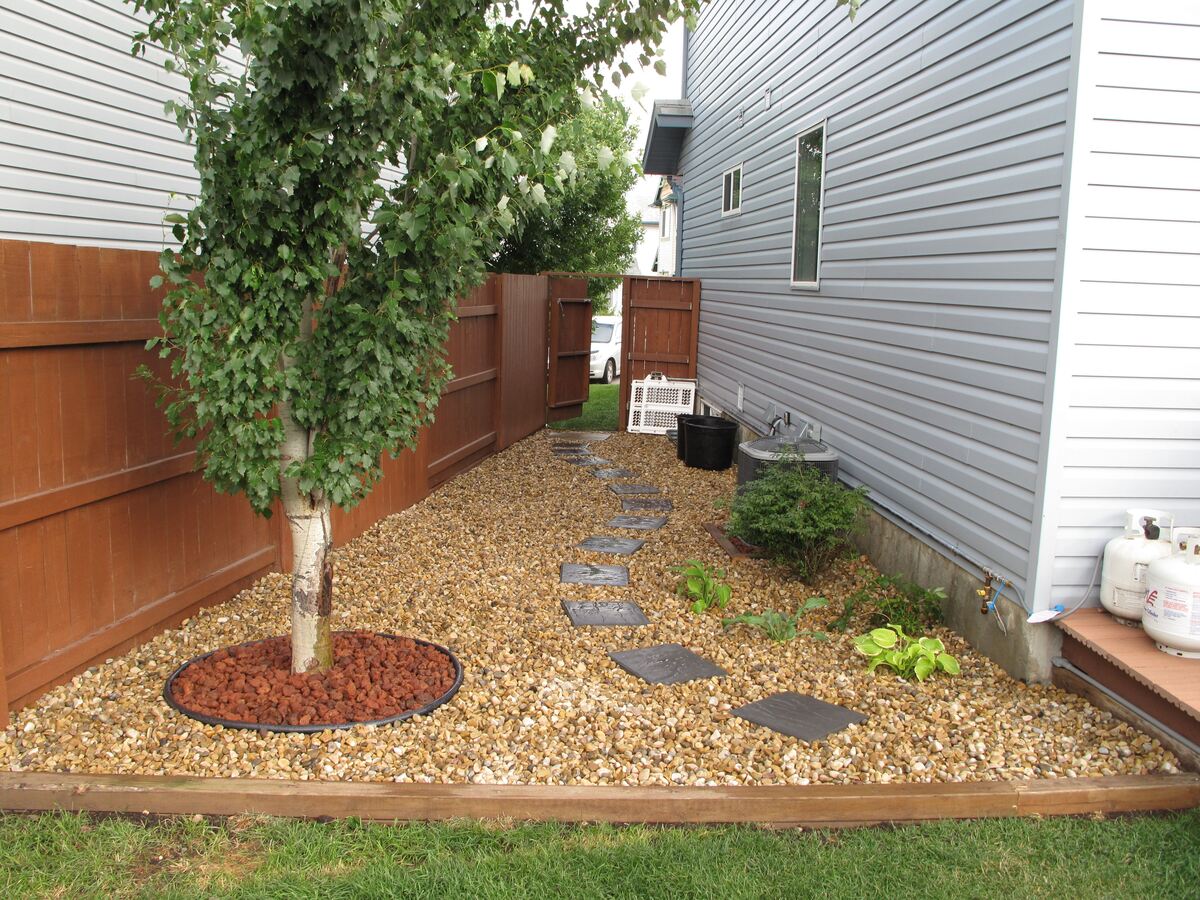
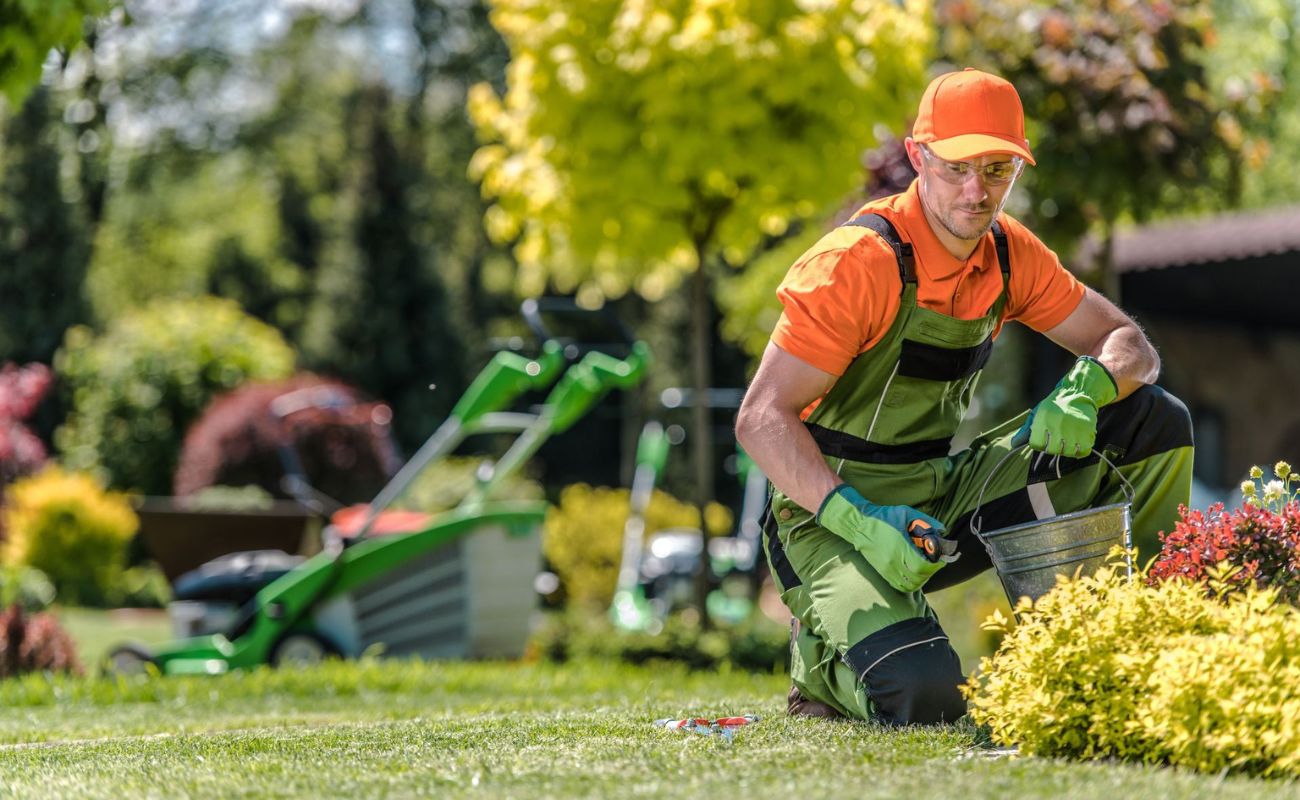
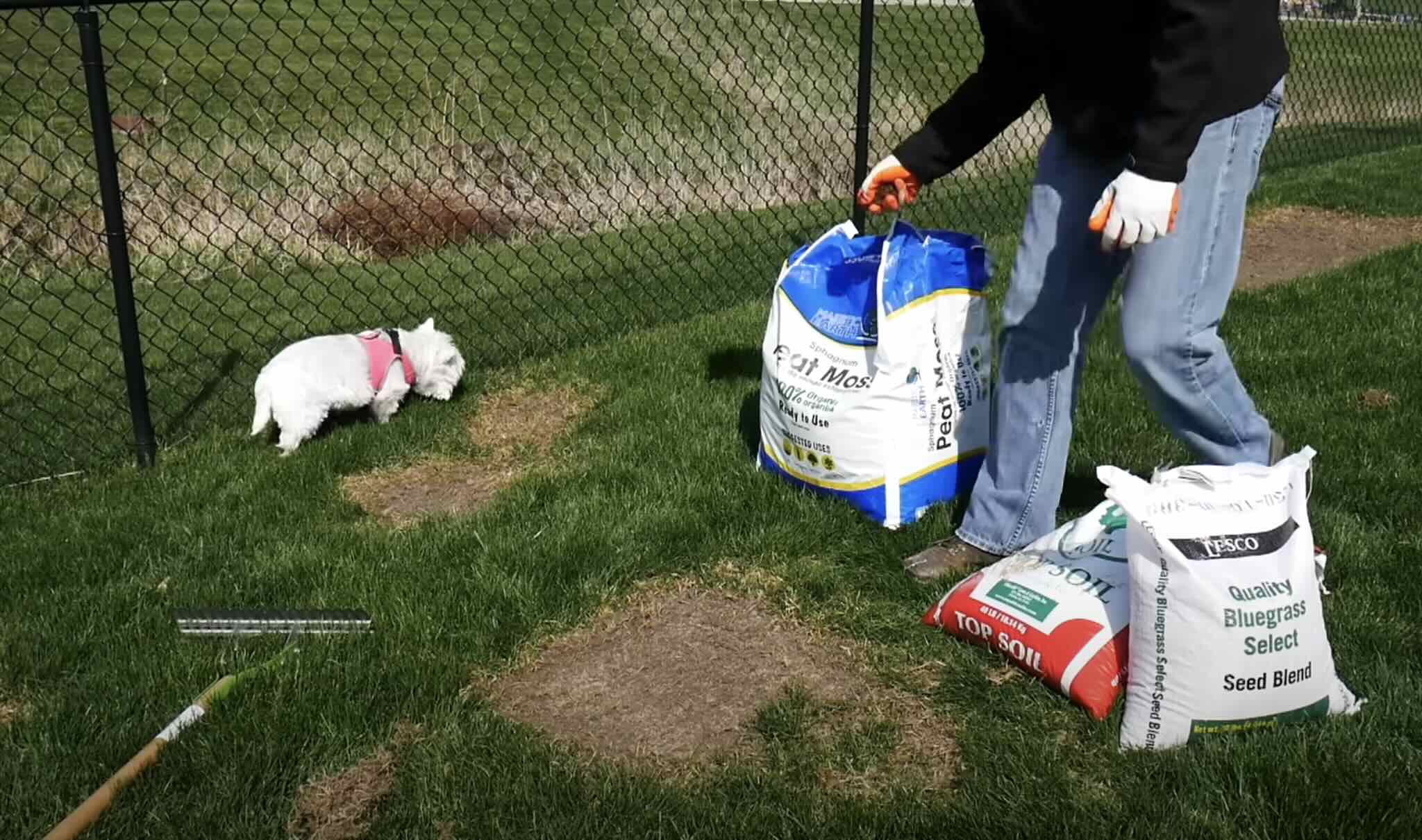

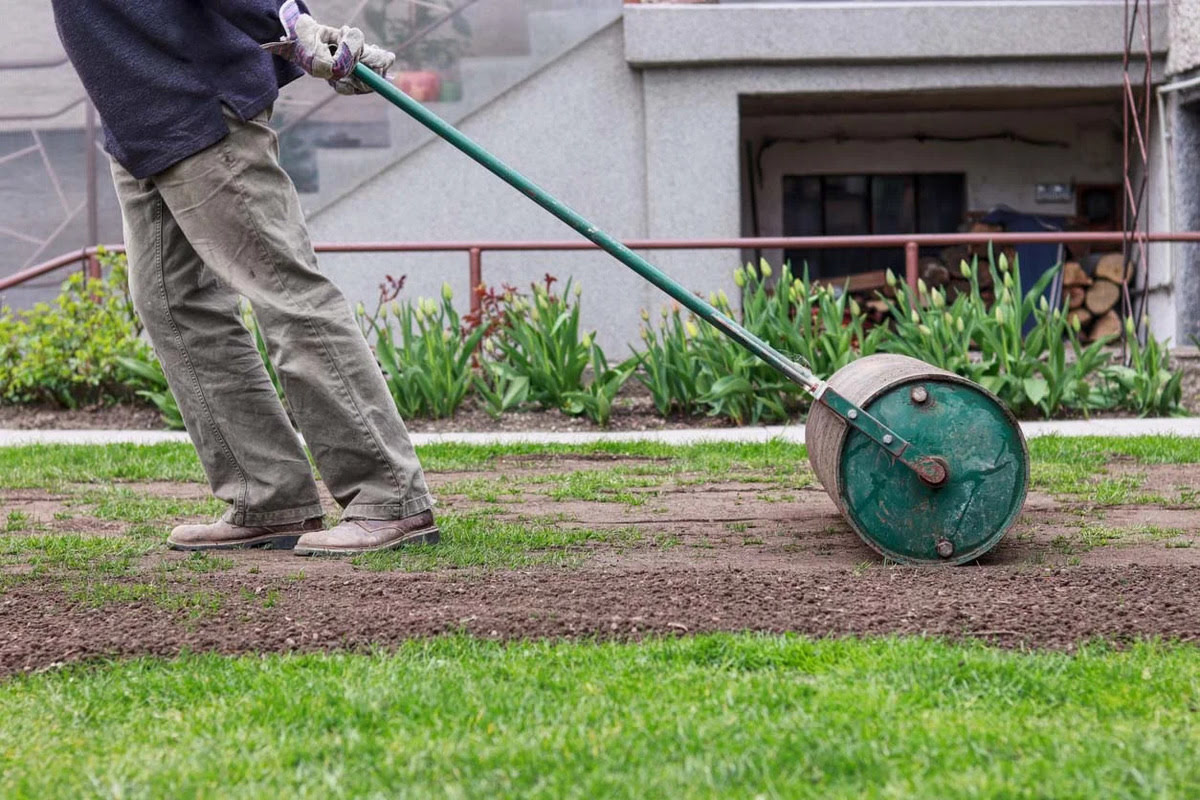


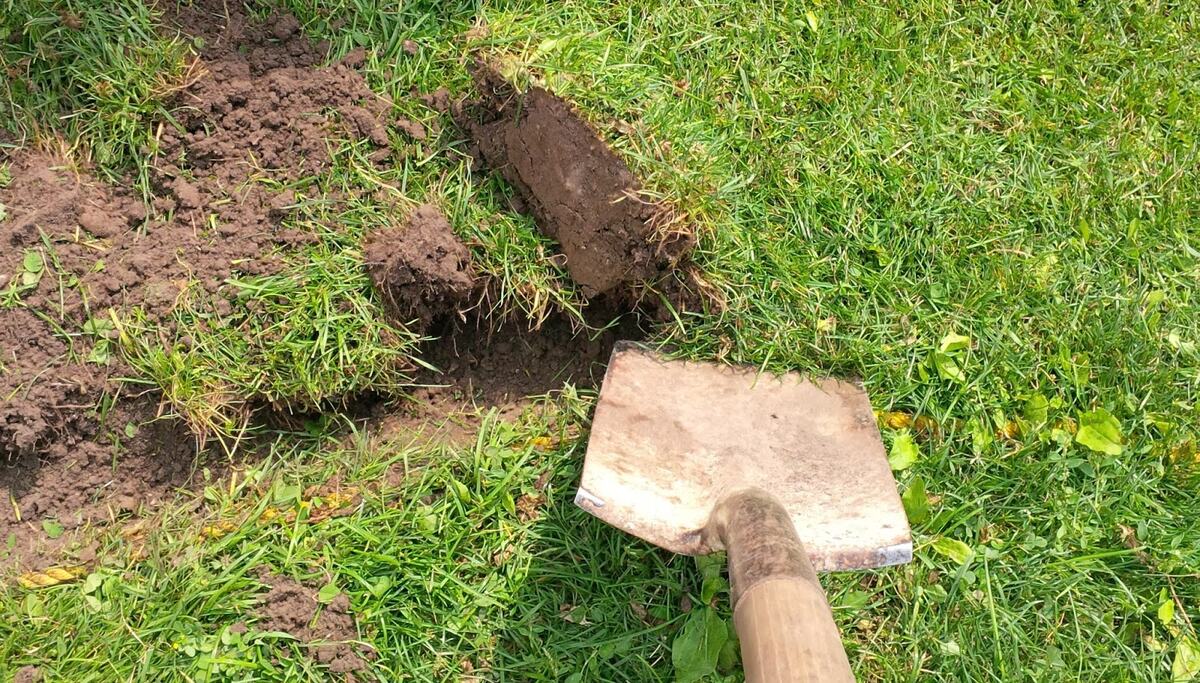
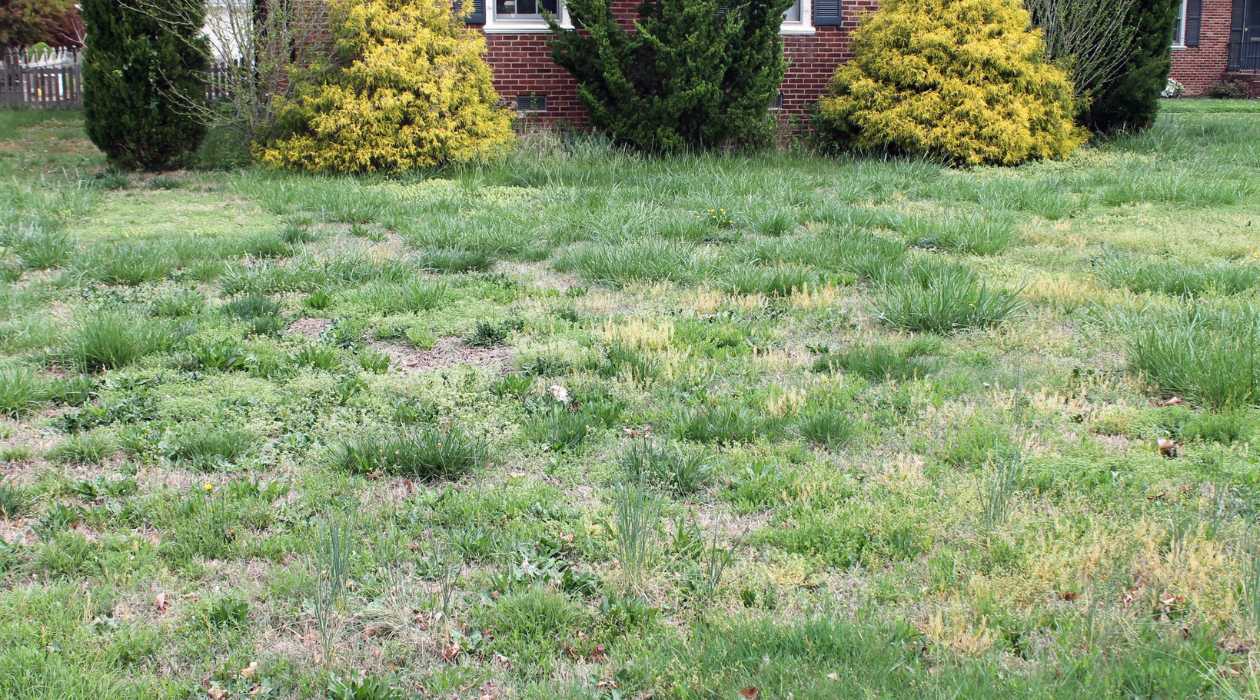

0 thoughts on “How To Grow Grass In Your Yard”